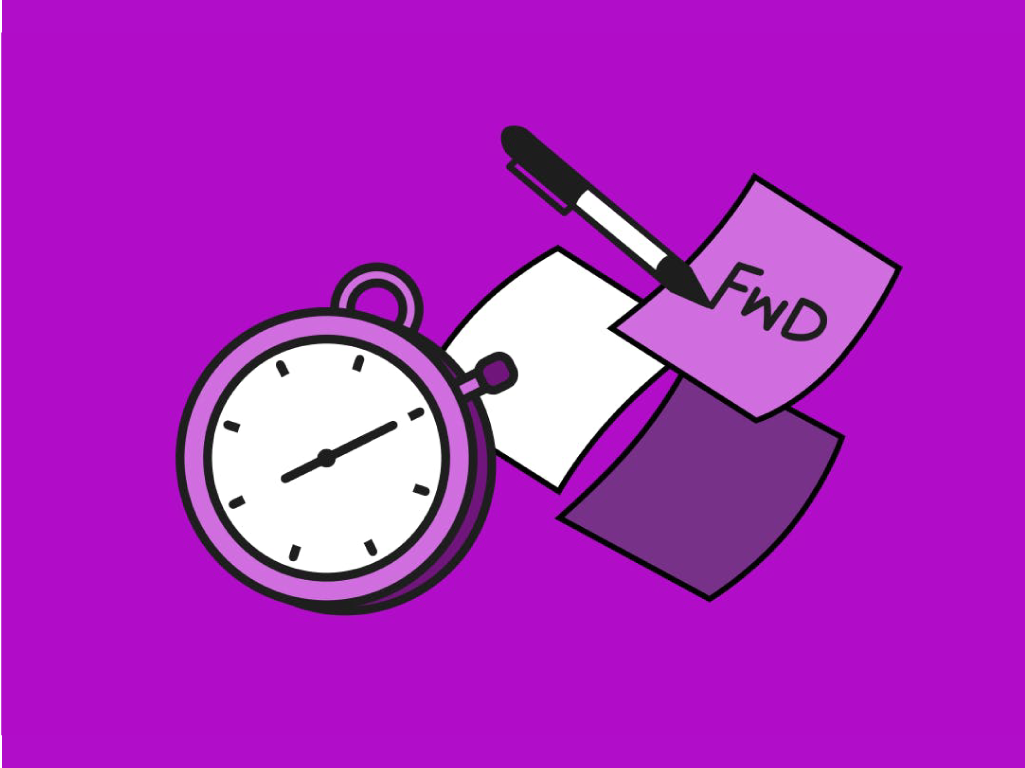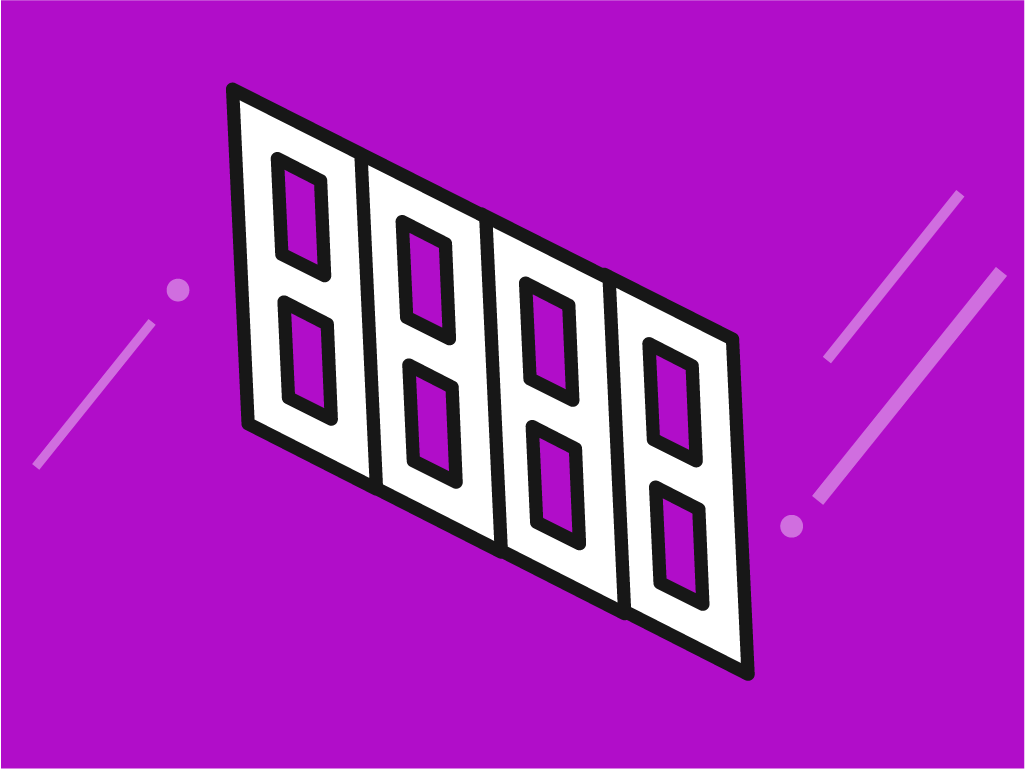How to use or facilitate:
When it comes to exploring effective ways to collaboratively generate ideas or solutions, there’s a wealth of flexibility with the activities and exercises that design thinking (and Gamestorming) can offer by using divergent and converting thinking. In its most basic form, this approach typically starts with conducting some variation of rapid ideation which follows these few basic steps:
- Give all participants a post-it pad, sharpie marker, and set of stickers.
- If working with more than two participants, elect one participant ahead of time to be the group’s “Decider.” Ideally, this individual has the most knowledge or understanding of the topic. It may also be who has the most decision power at the end of the process.
- Designate a wall or surface for the group’s ideas.
- As the facilitator, be sure to outline the rules for the session or specific activity as you’ve defined them. Regardless of how you modify the activity, the two most fundamental rules are as follows: “one idea per post-it note” and always “go for quantity over quality.” This is the “Divergent Thinking” phase.
- Set a timer for the group with a predetermined amount of time. Typically 3-5 minute increments are perfect for each round of ideation.
- When the timer ends, each participant will get up and go to the designated wall or surface, share their ideas with the group, and place their post-its on the wall without discussion from the group – unless it’s a clarifying question.
- From here you can go another round of ideation or move into the “Convergent Thinking” phase.
- At this point, participants can use their stickers to silently vote on their top ideas or solutions. This is called “dot voting.” Each sticker is equal to one vote. If your group has a Decider, you can designate their stickers to be worth a higher number of votes, enabling the group to make decisions by majority and use the Decider’s “super-vote” in the case of a tie.
- As an alternative to dot voting (or as a follow-up) you can elect to do a “cost-impact” plotting activity to converge your group’s thinking and come to an actionable consensus. In this activity, you simply have each participant plot all their ideas on the grid based on what they believe the cost will be (in terms of effort, manpower, or expense) and the potential impact it will yield.
- Once everyone has plotted their post-its, you can open the floor to negotiating placement or discussion with the goal of getting to the ideas or solutions that will have the highest impact at the lowest cost.

The Takeaway:
The more ideas and solutions we generate, the better chance we have of seeing our highest-impact ones make it to market.
The reason why traditional brainstorm sessions often feel lackluster is that many times there isn’t a clear or consistent format for doing generative thinking. That’s further compounded by the natural social dynamics of the people in the room. The best ideas may never see the light of day if the person who has them isn’t able to command enough respect or air time to have them heard or considered in the first place. Using a clear divergent > convergent structure keeps the playing field even for everyone in the room while enabling the group to generate a wider range of ideas and solutions that can turn into actionable outputs quicker.
Pro-tips:
Keeping the energy level in the room high is the single greatest factor in any successful ideation session. Be mindful of the time of day in which you schedule them. Usually, early morning is best, before hunger or post-lunch sluggishness sets in.
You can offer the group sugary snacks or play music with minimal lyrics and a steady beat to help boost the mood and energy during divergent thinking to help.
Feel like the group is struggling after a round of ideation? Try doing a lightning round of “word storming” to build up an idea bank first. In 1 minute, what words, phrases, or thoughts come to mind around your topic that the group can use to build ideas and solutions from?





